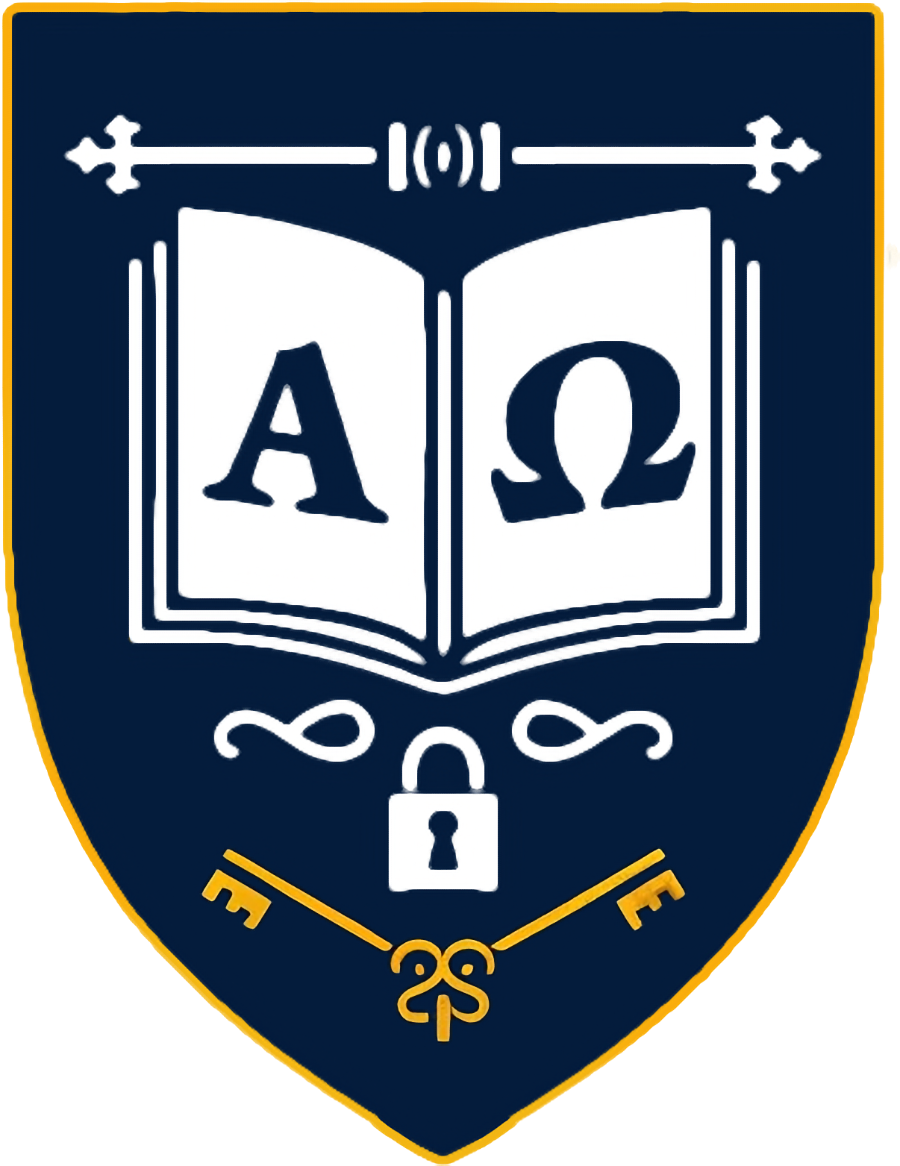As part of our ongoing “Spotlight: Necronomicon” event, Miskatonic University is unveiling a series of interviews with esteemed faculty members who have offered their insights on individual chapters of the iconic tome. Delving deep into its labyrinthine pages, our experts share their analyses and revelations, which can be read in full by visiting the “Spotlight: Necronomicon” section on the university’s website.
For our inaugural story, the Miskatonic News team had the privilege of sitting down with Dr. Eleanor Caldwell of the Department of Classical Languages. Dr. Caldwell’s recent essay, “The Preface of Shadows: Olaus Wormius’ Latin Translation of the Necronomicon and the Interplay of Faith, Occult, and Language in the 13th Century,” promises to shed light on a cornerstone of the enigmatic book’s history.
Miskatonic News: Dr. Caldwell, thank you for joining us today. Your essay delves deep into Olaus Wormius’ preface. To begin, could you tell us what drew you to this particular section of the Necronomicon?
Dr. Caldwell: Absolutely. The preface is often overlooked in favor of the book’s more mysterious contents, but it offers a direct window into Wormius’ mind and the turbulent era in which he lived. I was fascinated by the opportunity to analyze this piece from both a historical and linguistic perspective.
Miskatonic News: The 13th century, as you describe, was a time of profound transformation in Europe. How do you see Wormius’ translation reflecting this broader historical and cultural milieu?
Dr. Caldwell: Olaus Wormius’ undertaking wasn’t just a linguistic challenge; it was a tightrope walk between his own intellectual curiosity and the prevailing religious orthodoxy. The preface captures this tension vividly. Wormius was clearly a product of his times, caught between the Church’s influence and the allure of ancient, often forbidden, knowledge.
Miskatonic News: Your linguistic analysis of Wormius’ Latin is meticulous. Were there any peculiarities or anomalies in his translation that stood out to you?
Dr. Caldwell: Absolutely. Wormius’ Latin is replete with choices that deviate from the linguistic norms of his era. For instance, certain phrasings hint at the challenges he faced in translating esoteric concepts from the now-lost Greek version. These deviations aren’t just linguistic anomalies; they provide a rich tapestry of clues about the original text and Wormius’ own interpretations.
Miskatonic News: It seems Wormius was both constrained and inspired by his faith. How does the “Preface of Shadows” encapsulate the interplay of faith, the occult, and linguistic mastery?
Dr. Caldwell: Wormius’ narrative in the preface is very much a dance between the sacred and the profane. His deep faith is evident, yet he’s undeniably drawn to the arcane mysteries of the Necronomicon. The preface reflects his efforts to reconcile these opposing forces, as he endeavors to make this dark knowledge accessible while remaining rooted in his Christian convictions.
Miskatonic News: To wrap up, what do you hope readers take away from your analysis?
Dr. Caldwell: I hope they gain a deeper appreciation for the multifaceted nature of historical scholarship. Wormius’ preface is more than just an introduction to a text; it’s a portal into the psyche of a 13th-century scholar. I want readers to feel the weight of history, the pull of the unknown, and the ever-present dance between faith and curiosity.
Miskatonic News: Dr. Caldwell, it’s been a pleasure discussing your work. Readers, be sure to check out Dr. Caldwell’s full essay in our “Spotlight: Necronomicon” series. And stay tuned for more illuminating conversations in the coming weeks!
Dive Deeper into the Shadows!
Journey with us into the labyrinthine depths of history’s most enigmatic tome! Miskatonic University presents a series of illuminating essays and interviews with our esteemed faculty, each exploring a unique facet of the Necronomicon.

